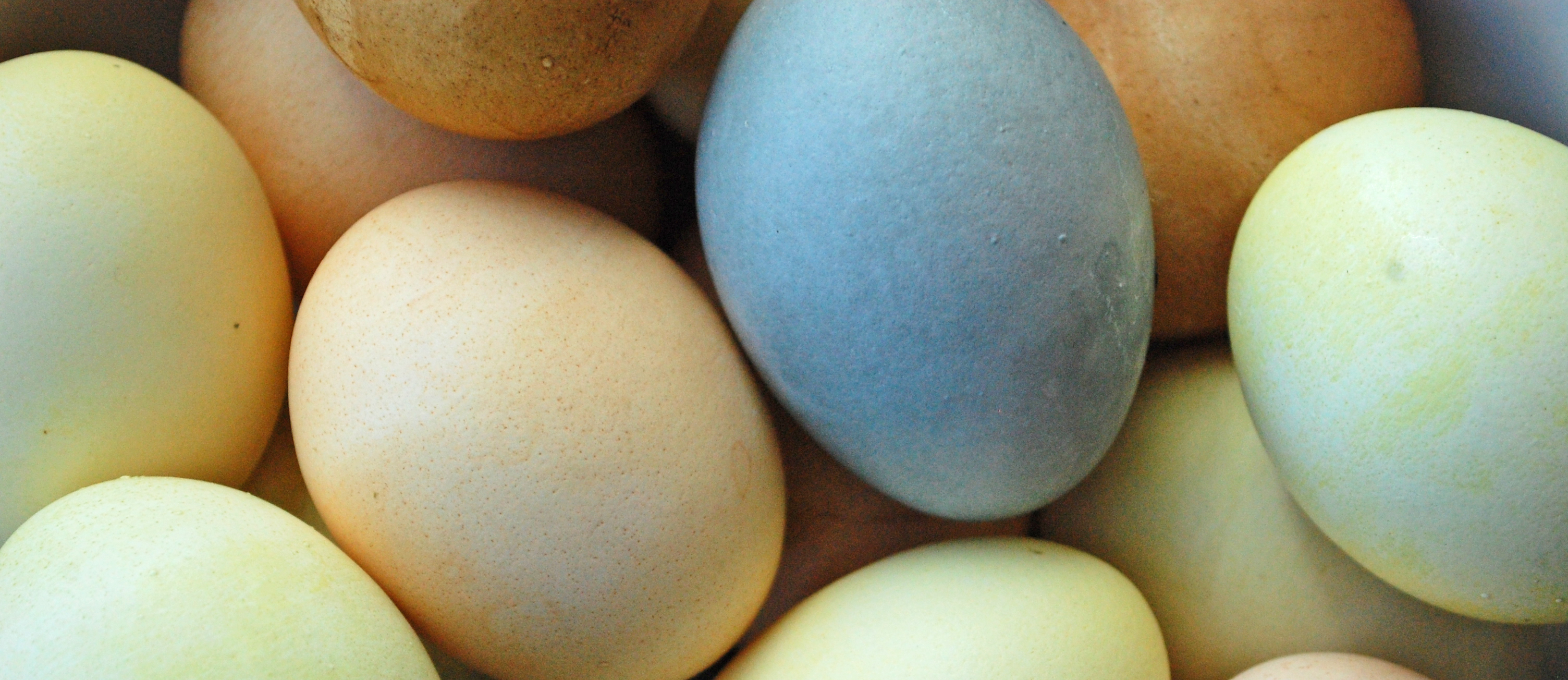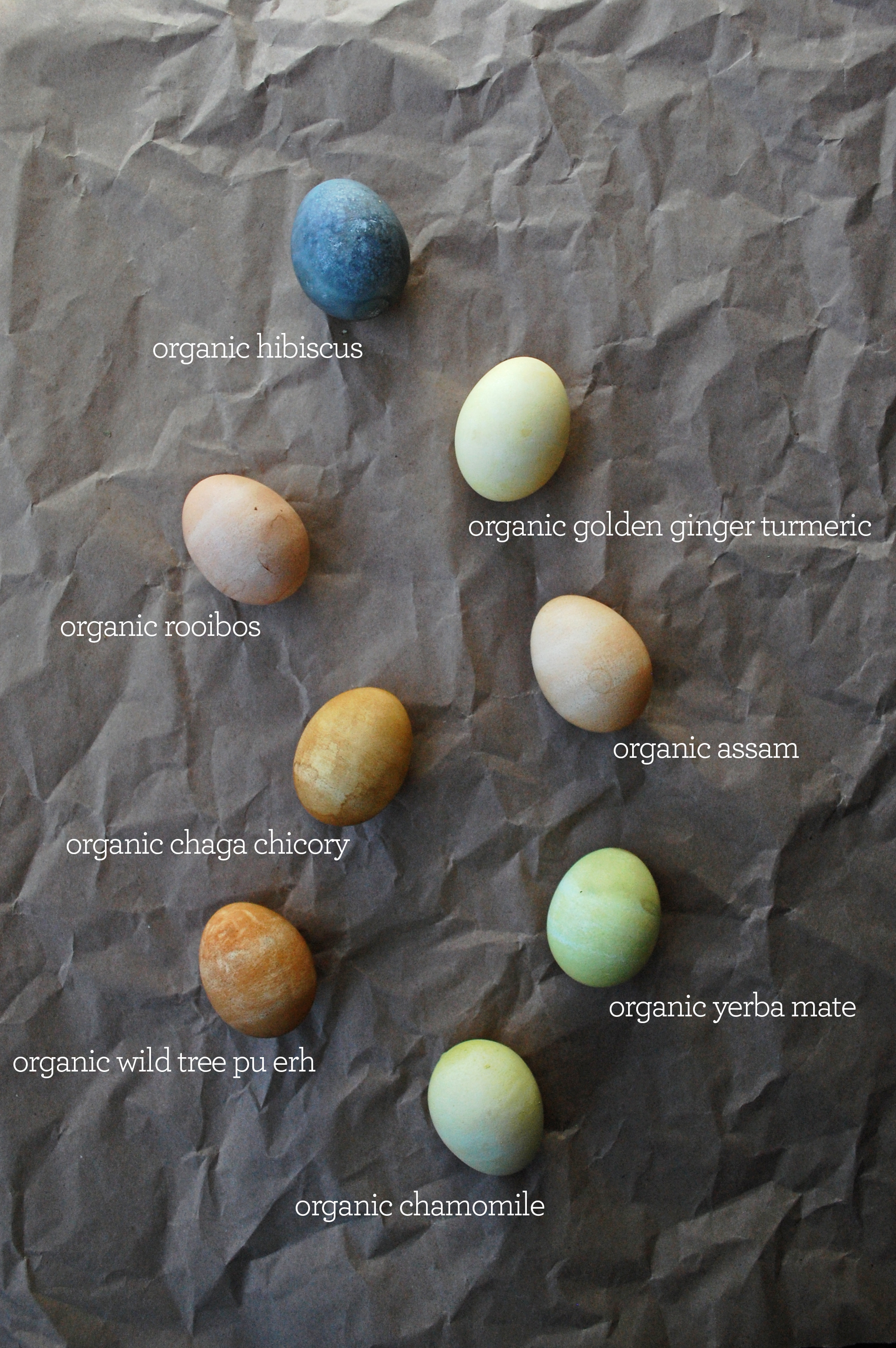How to Dye Easter Eggs Naturally
Posted by Chelsea @ Arbor Teas on 1st Mar 2018
Dyeing eggs is a spring tradition that anyone can enjoy, no matter religious beliefs! Let’s be honest, who doesn’t want to open the fridge to a carton of multicolored eggs? It’s a fun tradition, and celebrates the colors of spring. But fake dyes - not so fun. Enter a much more natural way to dye eggs: with tea!

Be aware, this method of dyeing eggs takes at least 1 hour and will not produce the neon-hues that are common in traditional easter egg kits available at most grocery stores. Kids (and adults) will need a little extra patience for this egg-dyeing adventure! But, it is well worth the extra effort and may even spark a good conversation about the differences between natural dyes and artificial dyes. Also, it’s fun to brew a seperate cup of each tea to drink while dyeing.
Step 1: Start by choosing your colors (aka teas)!
Unfortunately, not every tea is created equal when it comes to egg dyeing. Many teas produce a brew that is too light to be effective. However, our top 8 teas and herbs and their resulting hues are listed below. Purchasing an Arbor Teas sample size of each tea is all you need to start dyeing, with a little tea left over to enjoy a cup of each tea for yourself!
Step 2: Next, brew a double strength cup of each tea by combining 8 oz of boiling water with each tea. Check the Arbor Teas website or the back of the packaging for recommended tea measurements per cup - then double that amount to create a double strength brew.
Step 3: Brew each tea for at least 10 minutes. After 10 minutes, do not remove the tea! Leave the tea leaves in each cup.
Step 4: Next, place a room temperature, hard-boiled, white egg in each cup of brewed tea. Steep each egg for at least 1 hour, then remove and pat dry. If you want a more opaque color, steep longer. We let ours steep for 1 hour, and the colors were light but evident (as seen in the photos on this page). Play around with double dipping! Dye eggs, let them dry, and dip them again in a different tea to play with color.

Top 8 Teas To Use:
Organic Hibiscus: a surprising, blue hue
Organic Golden Ginger Turmeric: pale yellow coloring.
Organic Rooibos: (any kind except Green Rooibos) light pink, slightly red hue.
Organic Chaga Chicory: chocolatey brown color.
Organic Wild Tree Pu Erh: dark brown color (lighter than Organic Chaga Chicory).
Organic Assam: light brown, slightly red color.
Organic Yerba Mate: light green hue.
Organic Chamomile: buttery yellow tone.
Note: Colors may fade with time. This is the nature of natural dyes. We found that the color faded more quickly when we put ours in the fridge.
Share your photos with us on social media! Tag us on Facebook, Instagram or Twitter - @arborteas


